Propaganda textile designs – from East and West
An upcoming exhibition in London aims to “challenge perceptions” about textile designs, by showcasing 20th century propaganda designs from both the Soviet Union and the West. We look at the selection of the eye-catching designs.
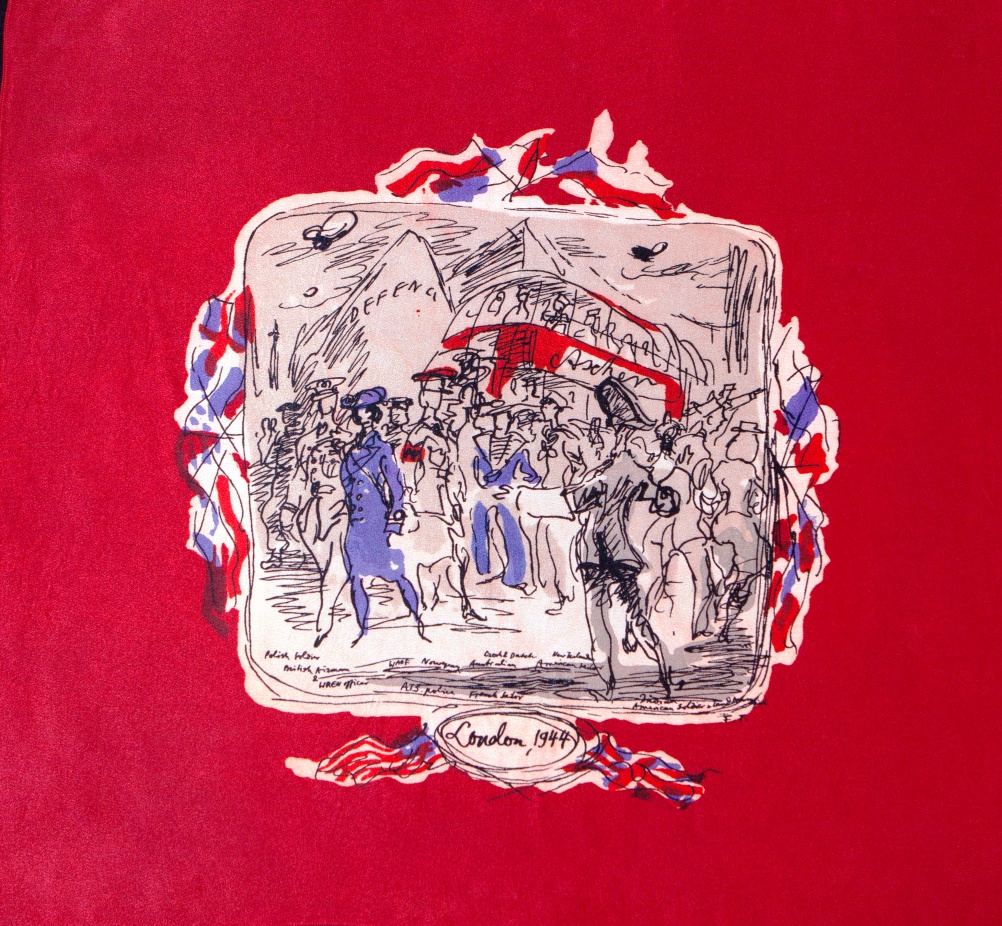
The Fashion Forward! exhibition coming to London’s GRAD gallery in July will showcase rare patriotic and propaganda textile designs from the Soviet Union, USA and UK.
Curated by GRAD’s Alexandra Chiriac and Elena Sudakova, the show will feature works by Arnold Lever, Felix Topolosky and Ludmila Mayakovskaya, sister of Russian poet Vladimir Mayaskovsky.
Soviet textiles
According to the GRAD curators, early 20th-century Soviet Union printed textiles were often decorated with symbols of collectivisation and industrialisation – such as tractors and trains, rich harvests and electrification, sportsmen and pioneers – “intended to communicate the state’s utopian dream to the largely illiterate population”.
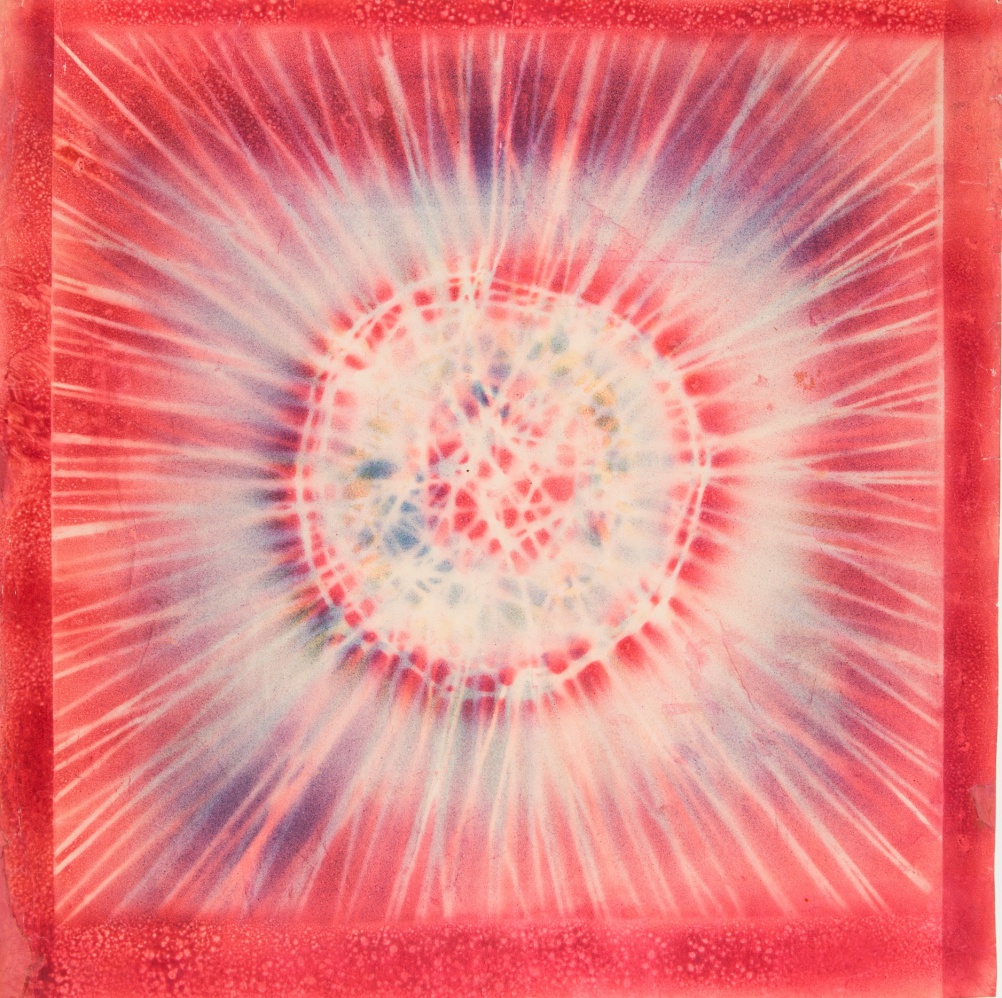
The exhibition also showcases the work of other Soviet designers, such as Mayakovskaya, who were responding to international trends in avant-garde art.

Mayakovskaya herself experimented with techniques including airbrushing and stenciling and won prizes at the Paris Exhibition of Decorative Arts in 1925.
US textiles
The Paris Exhibition of Decorative Arts also inspired the Stehli Silks Corporation to create its “Americana” prints between 1925 and 1927 which has patterns such as skyscrapers, railways, stars and stripes or tennis players.
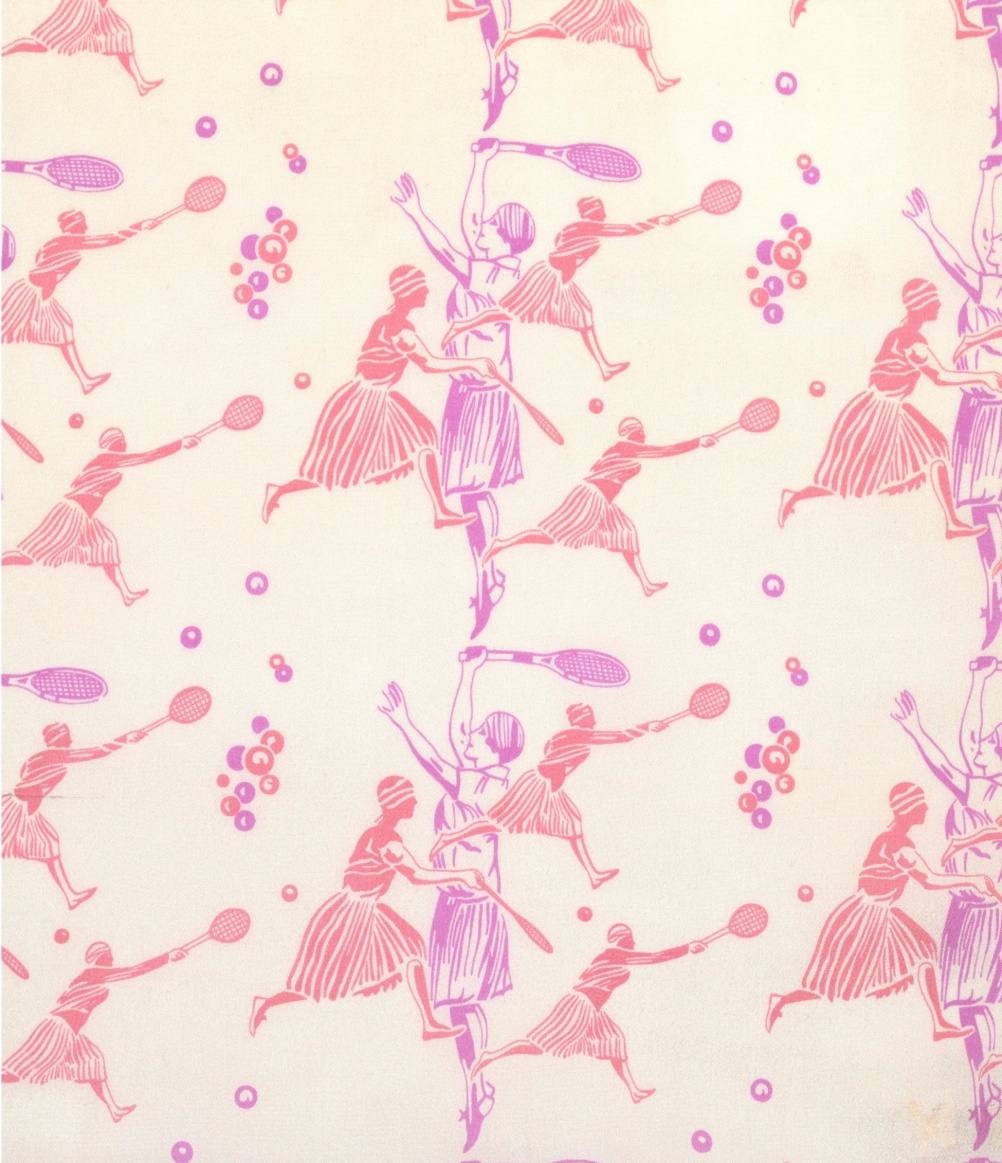
The Stehli designs were created by artists, designers and celebrities such as the tennis player Helen Wills and the photographer Edward Steichen.
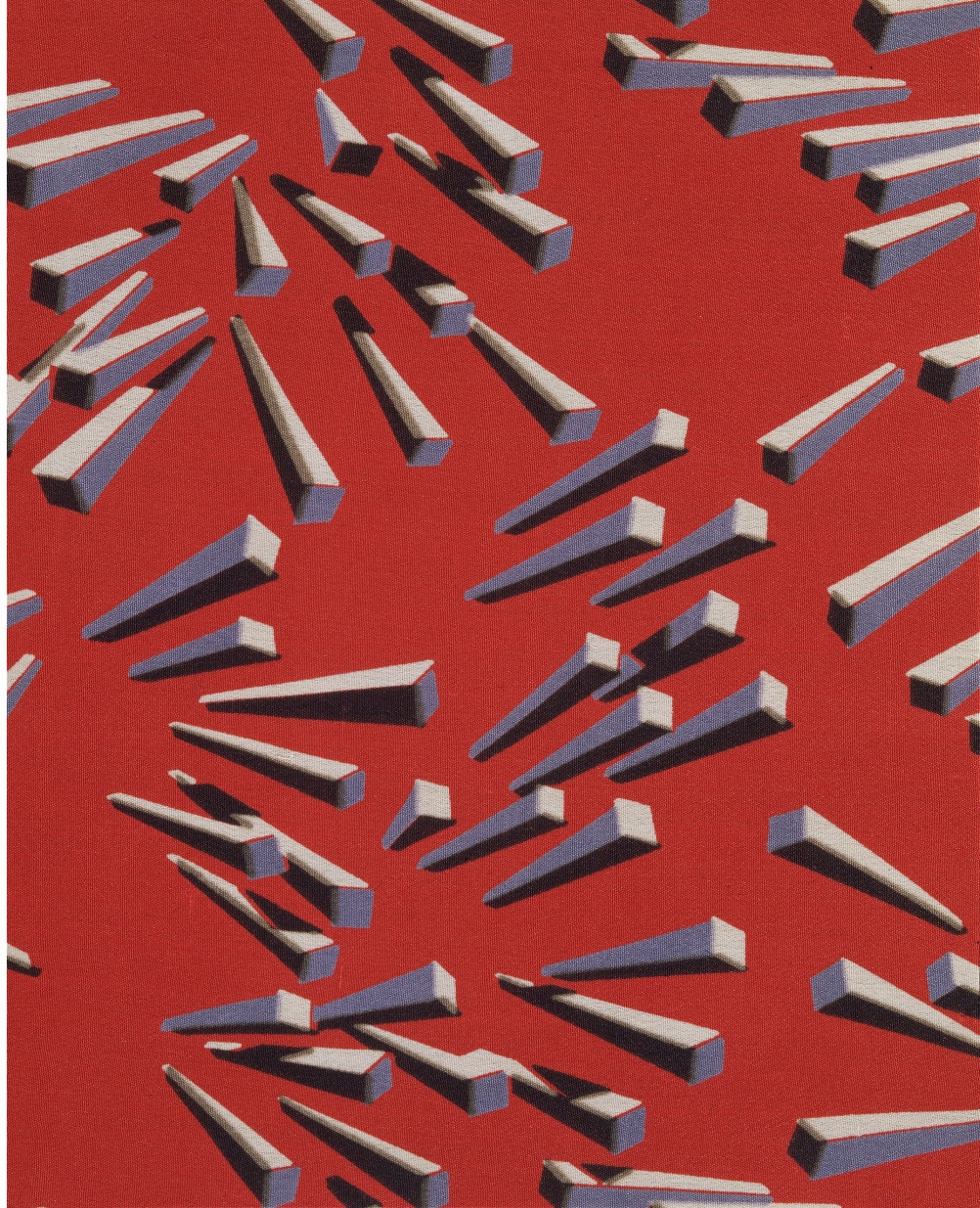
Stehli’s artistic director claimed that these designs were “for modern American women by modern American artists, reflecting the modern American scene”.
British textiles
The GRAD exhibition showcases World War Two textile designs that were emblazoned with patriotic messages and political slogans.
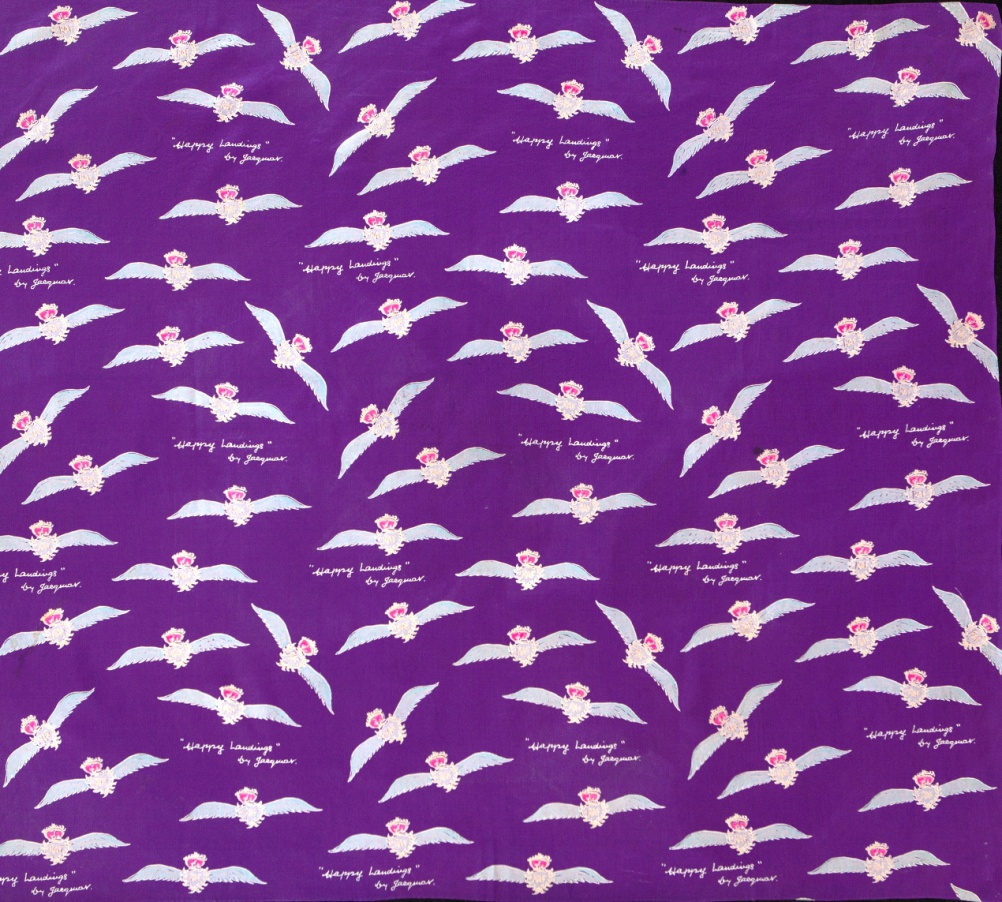
The war brought about a boom in textile production, with firms such as Mayfair-based Jacqmar creating a series of patriotic designs.
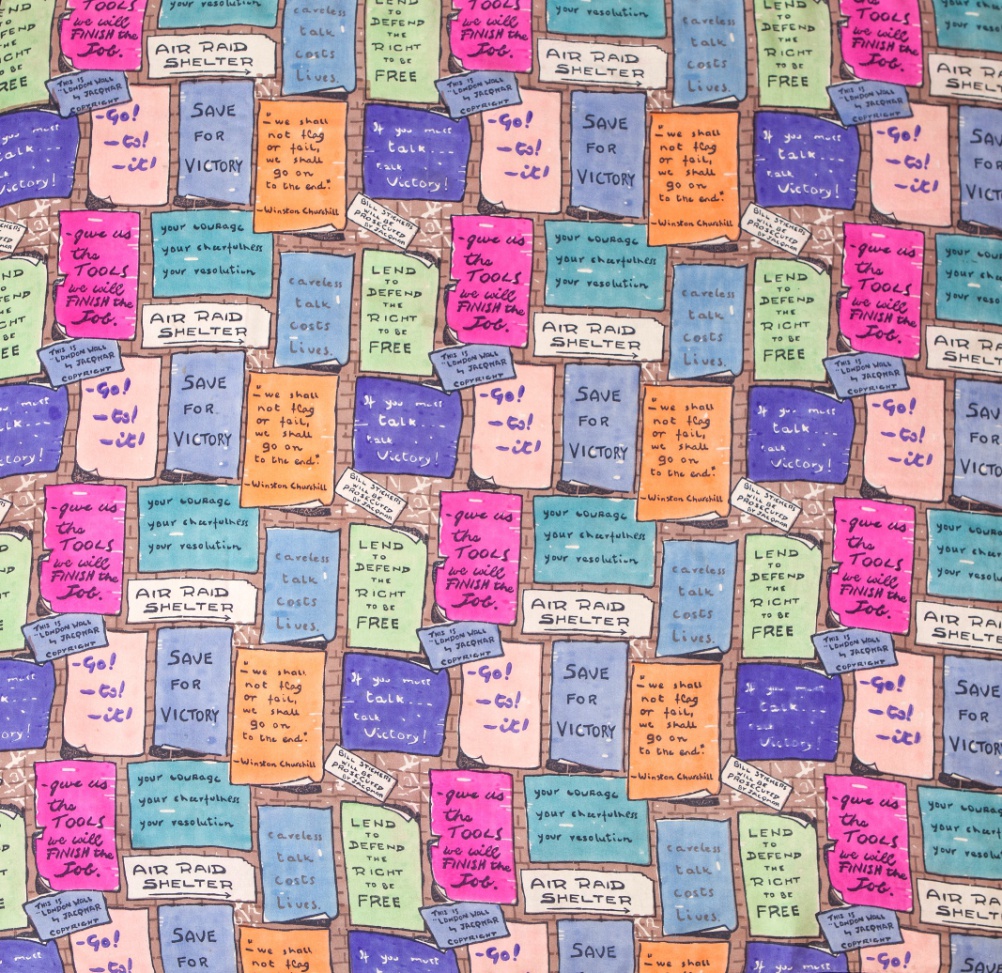
The exhibition also showcases designs commissioned by firm Ascher, for whom artists including Herny Moore and Felix Topolsky created scarves, which were displayed in the 1946 Britain Can Make It exhibition.
Fashion Forward! Textile Design: East and West, runs from 1 July-17 October at GRAD, 3-4a Little Portland Street, London W1W.
-
Post a comment




